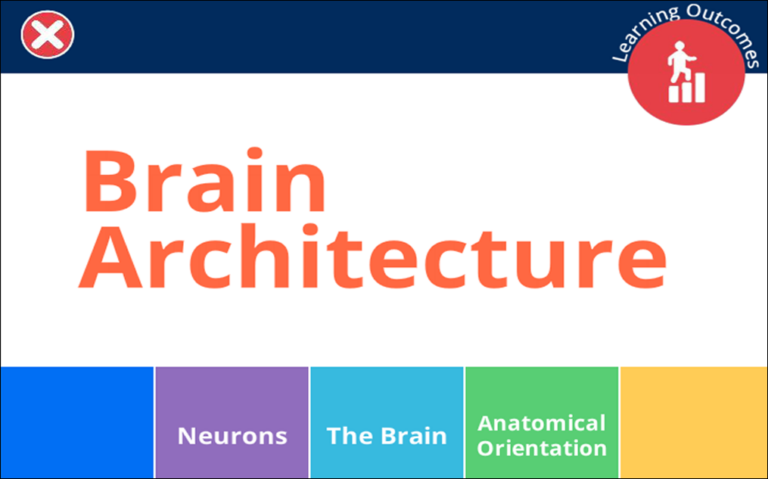Decision Making
Module Overview
This module reviews the basic properties of human decision making. This module begins by introduces a “rational” model of decision making based on expected utility theory. This module assumes that people assess the utility of an outcome by multiplying its value by its probability. This is the model used by economists and it often applies to human decision making, but there are also many cases where it does not explain what people actually do. In this module we discuss when the expected utility model of decision making fails and why.
Introduction
Decision making does not seem to be carried out by a particular brain area. A better characterization may be that it is carried out by competing brain areas. When emotions are switched on the natural of decision making changes. And even when decision making is “rational” there seem to be separate calculations of probability and value which then have to be integrated. Some departures from the expected utility model predictions arise because people are risk averse. Most people try to avoid the possibility of losses and this tends to lead to what an economist might think of as sub-optimal behavior. Another good example of non-rational value assignment is the endowment effect. In this case people assign more value to something simply because they currently possess it. In other ways they expect to get a higher price when selling it than they would if buying it.
Decision making is also guided by social as well as economic motivations and this can be seen in “Ultimate Game”. In this case people punish others (and themselves) if they think they are being offered an unfair proposal. This behavior is not influenced by the possibility of reciprocity since the game is only played once in most cases. Brain scanning has shown that unfair proposals are evaluated using emotional centres of the brain whereas fair proposals are assessed using “rational” centres within the brain.
Detailed evidence for how the brain calculates expected utilities comes from experiments with monkeys where single cell recordings have shown that some neurons in the lateral inferior parietal cortex calculate value, while other neurons calculate probabilities. It is highly likely that there is a similar mapping of structure and function in the human brain.
This module consists of a video that provides an introduction to human decision making. The module also contains two supplementary videos, one dealing with the role of cognitive biases in decision making and the other dealing with neuroeconomics.
Prerequisites
Before starting this module, it will be helpful to be familiar with:
- The broad concept of human decision making and economic judgments of value,
- The basic theory of games,
- The location of the parietal cortex.
Learning Outcomes
With careful study, by the end of this module, one should be able to:
- Calculate the expected utility of different event outcomes.
- Outline problems with the rational view of decision making.
- Describe “The Ultimate Game” and contrast brain activation during a fair deal and an unfair deal.
Related Project Resources
| Type | Title | Author | Description |
|---|---|---|---|
| Image | Decision Making (Storyline File) (ZIP, 311.76 KB) | Dr. Mark Chignell | This Storyline File can be downloaded and modified to your specific learning objectives (within the bounds of the creative commons licensing selected for this file. This is encouraged, but any technical issues are not supported by the University of Toronto. |
| Image | Decision Making (SCORM Package) (ZIP, 1.06 MB) | Dr. Mark Chignell | This SCORM package can be uploaded into your institution's Learning Management System. |
| File | Decision Making - Instructor Presentation (PDF, 873.12 KB) | This file could be shared with students for taking notes while participating in the module. | |
| File | Decision Making (Notes Pages) (PDF, 83.44 KB) | This file could be used by an instructor in the classroom to present this material. |

